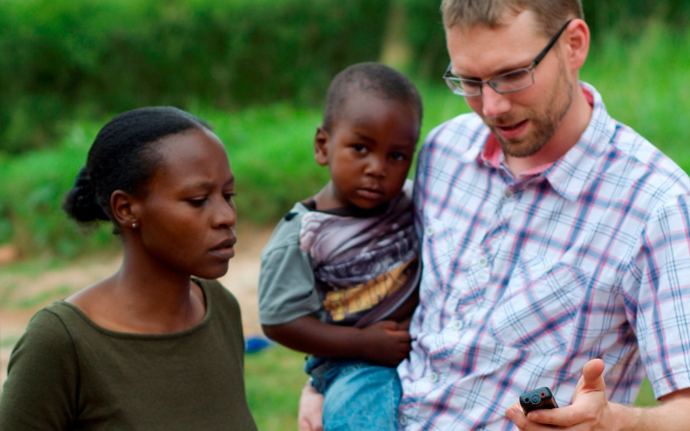A smart, simple and scalable solution to a deadly epidemic

Sepsis is one of the deadliest but least known diseases in the world. Commonly referred to as “blood poisoning” someone dies of sepsis every 3–4 seconds and it is responsible for the deaths of more than eight million people each year. But there may be a smart, simple and scalable solution to this epidemic. The Centre for International Child Health at BC Children’s Hospital, with funding from Mining4Life, has developed a set of tools to screen for sepsis and identify children at risk of dying from sepsis, thus leading to interventions which are saving the lives of children in Uganda and can be of similar benefit around the world.
Accounting for a staggering 50-60% of lives lost in childhood, sepsis occurs when the body’s response to an infection damages its own tissues and organs. Sepsis, if misdiagnosed or untreated, can cause organ failure, amputation and death. For those who survive there can be long-term disabilities.
The United Nations World Health Assembly declared sepsis a global priority and adopted a resolution in May 2017 to improve, prevent, diagnose and manage the sepsis epidemic. Dr. Niranjan “Tex” Kissoon, chair of the Centre for International Child Health and vice-president of medical affairs at BC Children’s Hospital is also vice—chair of the Global Sepsis Alliance and was instrumental in lobbying for this vital resolution. Awareness is the number one cure for sepsis but it is only the first step.
“We need to continue educating parents and the public about this medical emergency. If we stop sepsis, we save lives.” — Dr. Niranjan Kissoon
With a $2 million gift from Mining4Life, Dr. Kissoon and his team, led by Dr. Matthew Weins, have established the Centre for International Child Health—Sepsis Uganda Project. Investigators have developed a pilot program, Smart Discharges, to reduce child mortality rates from sepsis. The Smart Discharges program is a set of tools used to identify vulnerable patients and treat them pre- and post-discharge. If diagnosed and treated within the first hour following presentation with sepsis, the patient has a more than 80% survival rate, so time is of the essence. Using a low-cost mobile phone, a nurse screens the child using a mobile app that collects five signs and symptoms of sepsis in under five minutes. The app then analyzes the data and translates symptoms into risk predictions. Families receive thorough health and hygiene information and are encouraged to make follow-up visits within a two week period, especially if the child is assessed as high-risk for sepsis infection. Smart Discharges is currently being tested in Uganda to very positive preliminary results: an incredible 30% reduction in deaths has been recorded to date. Smart Discharges is an efficient and scalable program that can be implemented anywhere, which could mean a significant decrease in sepsis worldwide.
“Smart Discharges are relevant in every hospital context, whether in Uganda or British Columbia,” continued Kissoon. “Sepsis knows no borders, and the work we are doing will save lives around the world and closer to home.”
